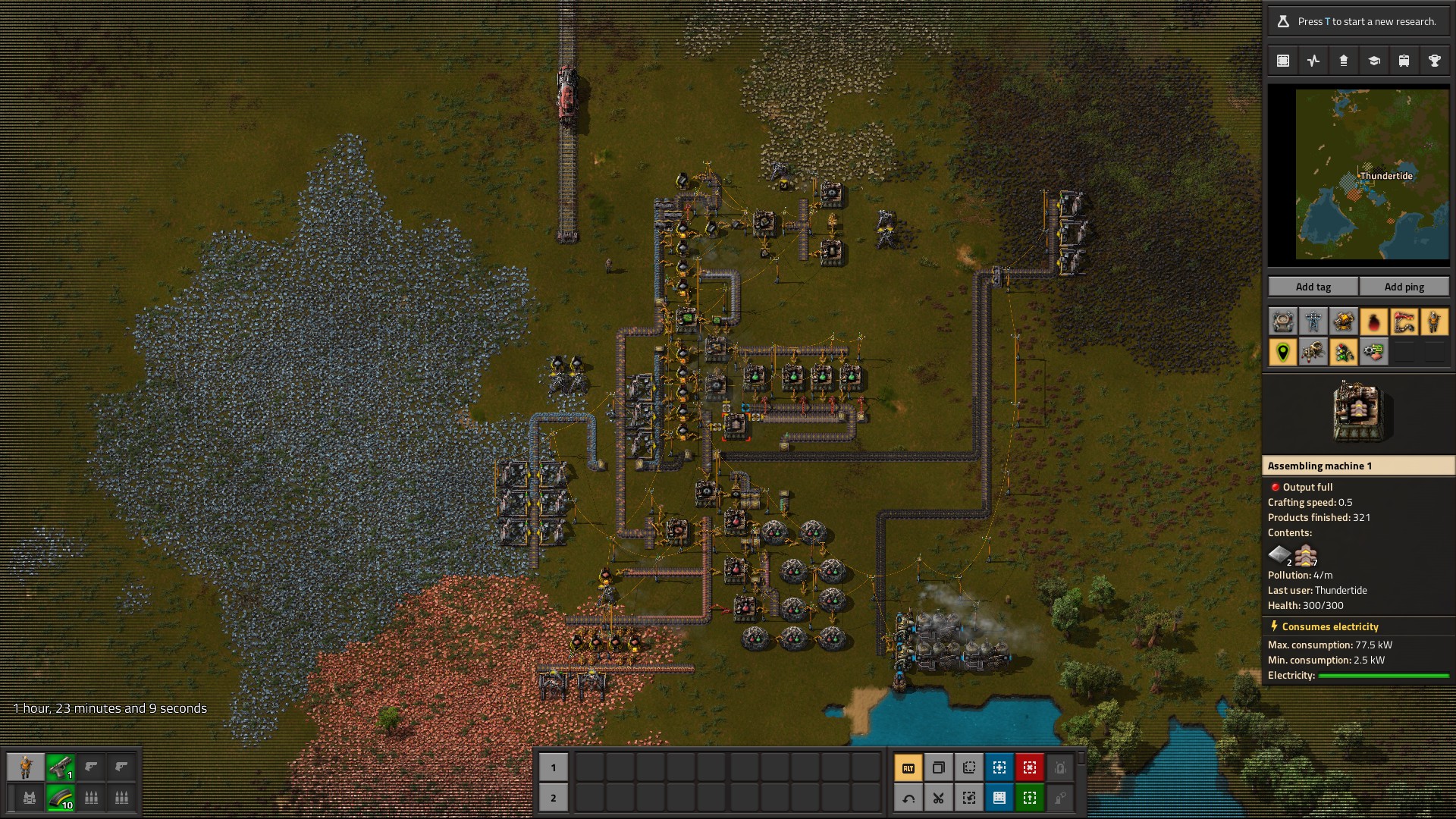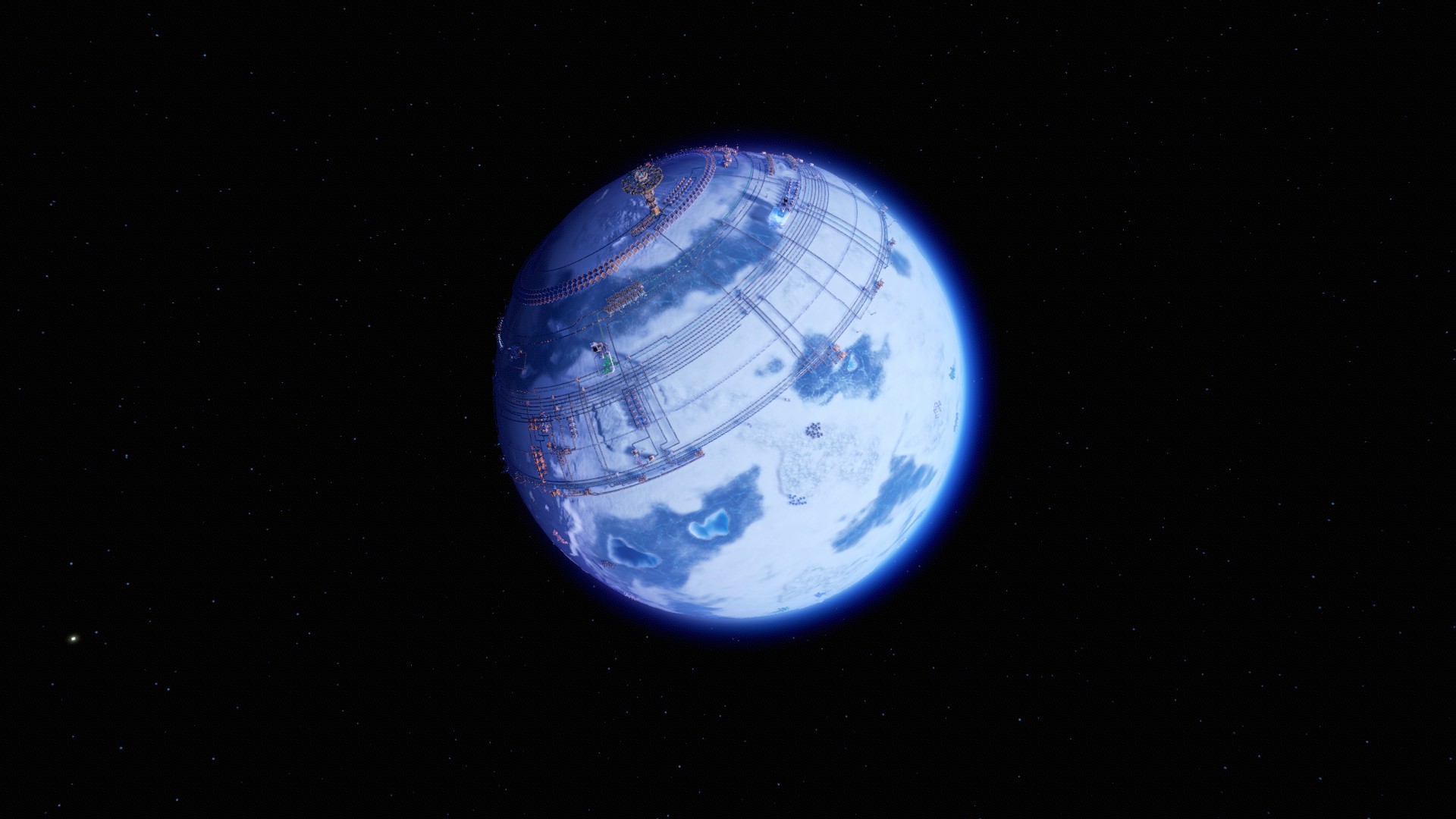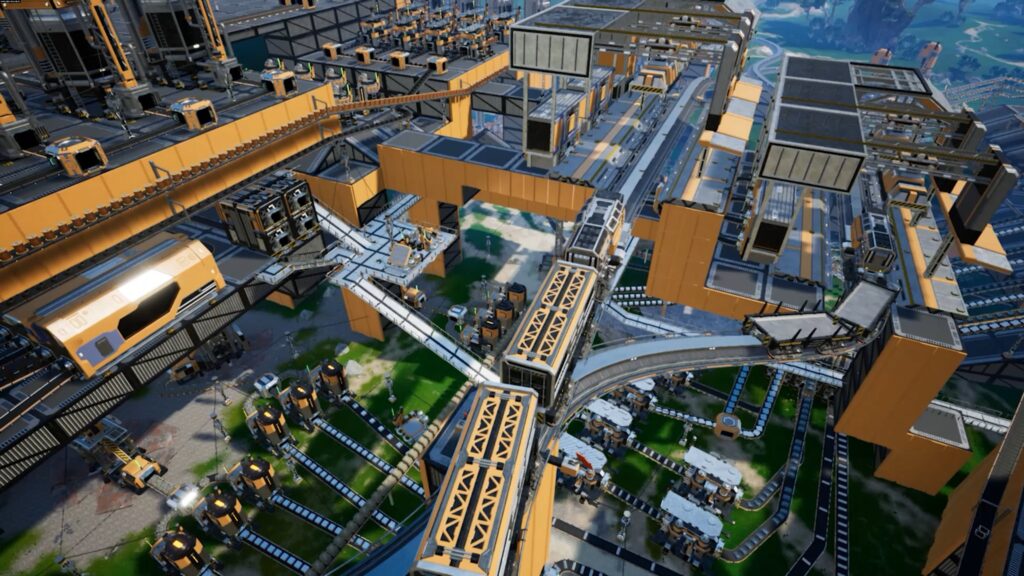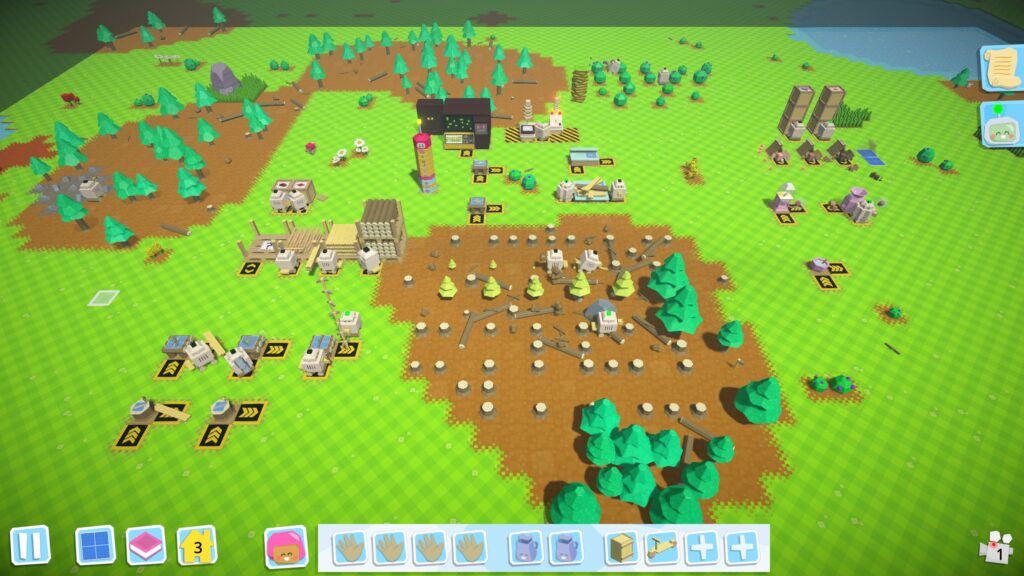Factory-style games are renowned for their addictive gameplay. These types of games typically involve starting with nothing, then building up to a factory that builds things millions of times faster than you can do by hand. But the main problem that happens with them is that you start at 9 am, build a few things, look up, and it’s 8 am! How does this happen? The core of the game lies in its game loops, which are defined as the parts of the game that make up the central gameplay experience.
The Game Loop
A game loop is defined as the parts of a game that make up the core of the game. An example of a gameplay loop would be in Pacman, you try to gather all the dots in a stage while avoiding the ghosts. There can be more than one game loop in a game and games that are more complex typically have more than simpler games. A popular staple of the factory-type game is Factorio.
The game loop in Factorio can be divided into three main stages:
- Resource Collection and Management: The player must gather resources, such as iron ore, copper, and coal, and then process these resources into intermediate products like iron plates and copper wires.
- Factory Construction and Management: The player must then build and manage factories to produce finished products, such as electronic circuits and machines, using the intermediate products and resources collected.
- Expansion and Defense: As the player’s factories grow, they will have to expand their production capabilities and defend against increasingly challenging alien attacks.
These stages repeat continuously, as the player works to optimize their factories and reach the endgame goal of launching a rocket to the planet’s surface. These game loops are not active all at the same time. For example, in the late game, the first game loop will not be active as often players will have already automated all the parts to make machines (or the machines themselves) making it entirely unnecessary to gather materials manually. The main addiction problems stem from the 2nd and 3rd game loops which feed into one another. To show this I will create an example:
So say you are creating a new product that requires iron plates and copper plates(2nd loop). You build that and connect it to your iron and copper plates, but then your iron and copper plates run dry, making you have to fix and expand your furnace arrays(3rd loop). But because your new upgraded furnace arrays aren’t receiving enough ore and coal, you have to go build more mining outposts for those(1st loop). By the time you finish all of those, you’ll have something else that needs upgrading (and now your back to the 3rd loop).

Depth and Complexity
Another thing that factory-type games excel at is their depth and complexity. As a puzzle game, it is important to keep a player’s retention by slowly increasing the difficulty of the puzzle without making seemingly useless or meaningless additions to complexity (as in making the puzzle tedious to complete) but factory-type games find a good way to strike a balance between the complexity increase and the bit of tediousness that allows the player to relax their brains and maybe come up with solutions to problems that they are currently not working on. An example of this can be seen in Dyson Sphere Program. In Dyson Sphere Program you start on one planet, managing the resources(both transportation and processing) to create and upgrade yourself. But after you unlock other planets you must now find a way to logistically maintain transportation between planets and make sure that you are consistent so none of your planets across the deep hyperspace run out of resources.

An Obvious Sense of Progress
All of these factory-type games have something else important in common, their sense of progress. Almost all games in the genre make it obvious when you have hit a major milestone, whether this be in production allowing yourself to feel comfortable with the amount of something made, or with the unlocking and automation of an important new product. An example of this is in Satisfactory‘s space elevator. Unlike Dyson Sphere Program and Factorio, Satisfactory does not depend on scientific research for its progression. Instead, you import items into your space elevator to be launched into your space so your Ficsit overlords can grant you access to higher-tiered research. This allows for a clear line of progression that shows you exactly how far you have gotten. Another thing that these games depend on for that sense of progress is the overlooking of the map. In the beginning, your factory will take a fraction of a fraction of the map, but soon it will spread across the whole map (or maps in the case of Dyson Sphere Program).

A Thriving Community
These factory-type games have amazing communities that help each other with problems in their factories, create new amazing designs, or create modifications for the game that enhance or lengthen gameplay. Even smaller ones like Autonauts have these thriving communities, and one of the things I see for a lot of games that have longevity is their community stays strong. A few cases outside of the factory-type game I can think of are Minecraft and Final Fantasy XIV, these are two games that have lasted a decade because of both a constant stream of changes over time and their great loving community.

Conclusion
Factory-style games are one of those game genres that are likely to never fade. But to make the head in this genre one must make a game with a thriving community, which creates a satisfying and obvious sense of progress. It then needs to be followed up with a good sense of depth and complexity and a game loop that no one can resist.
If you are interested in any of the games that were mentioned, they are all available on Steam, and if you are waiting for a sale for Factorio, it won’t happen, the developers said so.